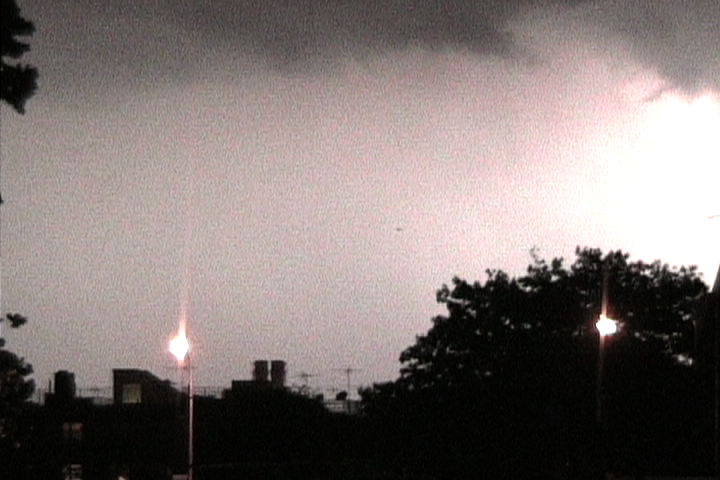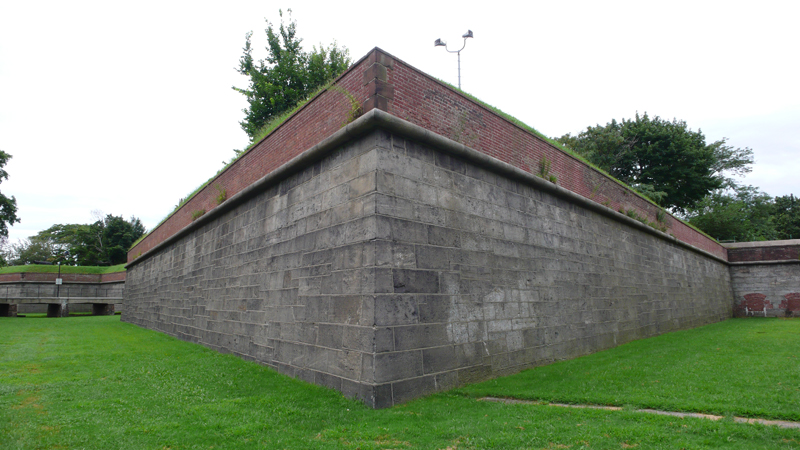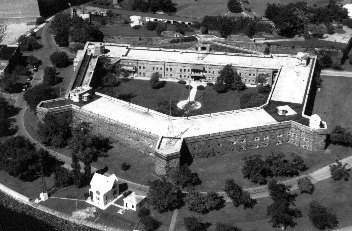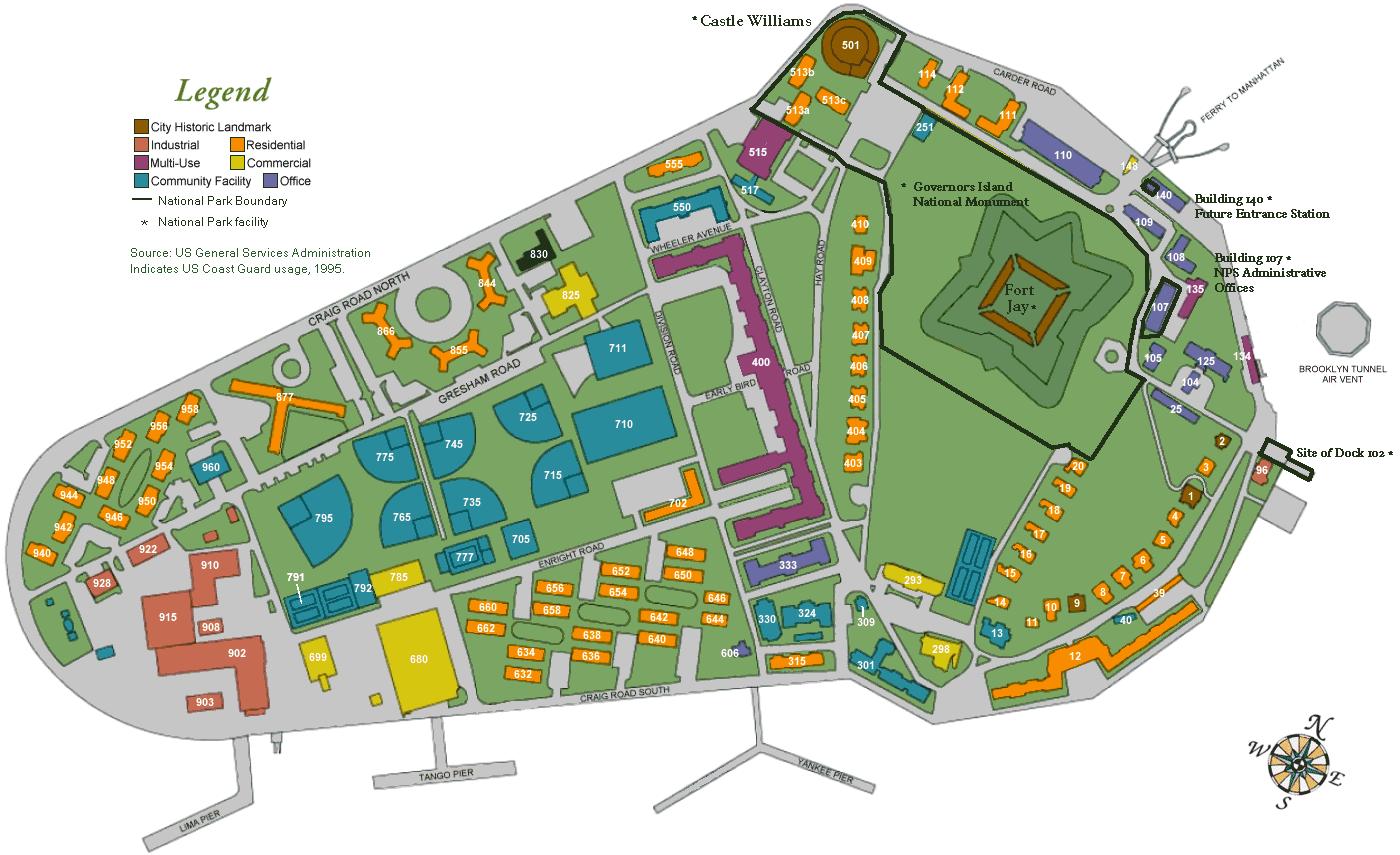
Locations:
33rd Street @ Ditmars Blvd (visual)
Hellgate Bridge (visual)
24th Street @ Ditmars Blvd (visual)
ConEd Plant @ 19th Ave (visual)
Immaculate Conception Church, 29th St @ Ditmars Blvd (audio)
There is surprisingly little to be found on google about the term welkin. It is an archaic word meaning “the sky” and is rarely used in modern language except for in the phrase “to make the welkin ring,” meaning to cause a loud noise. It is also the name of a death metal band and a computer systems corporation based in North Virginia. Susan pointed out that the origin of the word comes from the Old Enlgish “Wolcen” and directed me to a wolcen-themed blog, which you readers may enjoy
http://www.wolcen.blogspot.com/
Back to welkin. The bare-basic concept of my entry for welkin is to introduce my neighborhood through a series of tranquil shots, panning across the area skyline as viewed from my old balcony and my current apartment. At the moment we transfer to video, I hope to illustrate the act of making the welkin ring, disrupting the serene mood with the abrasive intrusion of bells and lightning, symbolizing the pace of (not necessarily welcome) change in this city.
Getting the audio cut to my liking proved to be a bit of a challenge. I wanted to record the bells of the Immaculate Conception Church- a goal I’ve had in the back of mind for three years and have only now found an excuse to try. I really hate being seen doing my creative work, so I wasn’t about to go all-out dragging a microphone over to the church, I didn’t even go in to the church, rather I took my handheld dv camera, found a spot on the back stoop, and hit “record.” Consequently, I had every person I turned to for audio design assistance gripe about the poor quality of my recording. I can’t argue that fact, but there was something important to me about capturing an honest depiction of things as I hear them which is why I like my results. You never hear just one sound at one time in this city. You have to master the art of tuning out the static and hearing what’s soothing. If you do this here you will find that, despite the background chatter and traffic, there is beautiful music being played.
This piece is in many ways symbolic of my current relationship with New York. In considering leaving I’ve also been forced to consider what I will miss if I leave. I know that as long as I live within the five burroughs, I’ll want to live in Astoria. It’s been a source of serenity for me in the years that I’ve lived here and I find it very aesthetically pleasing. The problem I’m having lately is that I find my serenity being disrupted more and more lately by the sight of walking attitudes with bad haircuts, wide-eyed recent graduates from the Midwest, and yuppie couples hogging the sidewalk. It’s not overwhelming yet, but it’s a noticeable evolution that’s really been getting under my skin. I’m the first to admit that my misanthropic aversion to my own demographic is somewhat odd, but I stand by my love of old people and families and my desire to live quietly amongst them. When the panoramic view of my neighborhood skyline is disrupted by the electrical storm it is representative of what I have considered an unwelcome intrusion into my peace of mind.






